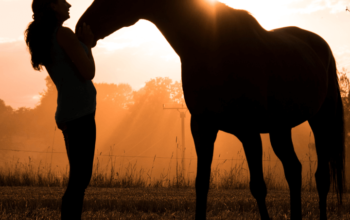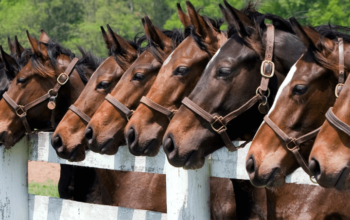
Horse training is far more than just teaching a horse to respond to commands; it is an intricate dance of communication, understanding, and trust between horse and handler. Whether you’re starting a young horse under saddle or fine-tuning the skills of a seasoned competitor, mastering the art of horse training requires patience, empathy, and a deep appreciation for the horse’s unique nature. In this guide, we’ll explore the principles and techniques of effective horse training, helping you forge a strong bond and partnership with your equine companion.
Before embarking on any training program, it’s essential to understand the natural instincts, behaviors, and communication cues of the horse. Horses are prey animals with highly developed senses and a strong flight response. By observing and interpreting their body language, facial expressions, and vocalizations, trainers can gain valuable insights into the horse’s state of mind and emotional well-being. Building a foundation of trust and respect begins with recognizing and responding to the horse’s needs and preferences.
Effective horse training relies on clear and consistent communication between horse and handler. Establishing a common language of cues and signals allows the horse to understand what is being asked of them and respond appropriately. Whether using verbal commands, body language, or tactile cues, trainers must convey their intentions with clarity and consistency. Positive reinforcement techniques, such as reward-based training and praise, can help reinforce desired behaviors and strengthen the bond between horse and handler.
Progressive Training Methods:
Training a horse is a gradual, step-by-step process that requires patience, persistence, and a willingness to adapt to individual needs and learning styles. Progressive training methods, such as desensitization, groundwork, and gradual introduction to new stimuli, help build confidence and trust in young or inexperienced horses. As the horse gains skills and confidence, trainers can gradually increase the level of difficulty and challenge to further develop their abilities.
Confidence is a critical component of successful horse training, for both horse and handler. By creating a safe and supportive learning environment, trainers can help build the horse’s confidence and willingness to try new things. Positive experiences, consistent handling, and gradual exposure to new situations can all contribute to the development of a confident, well-adjusted horse. Encouraging the horse to think and problem-solve independently fosters a sense of self-assurance and empowerment that translates into all aspects of their training.
At the heart of effective horse training lies the development of trust and partnership between horse and handler. Trust is earned through mutual respect, consistent leadership, and fair treatment. By listening to the horse, acknowledging their efforts, and rewarding positive behaviors, trainers can create a bond built on mutual trust and understanding. A strong partnership allows for greater collaboration, cooperation, and communication, leading to success in the training arena and beyond.
The art of horse training is a journey of discovery, growth, and connection between horse and handler. By understanding the horse’s nature, communicating effectively, and fostering trust and partnership, trainers can unlock the full potential of their equine partners. Whether your goal is to develop a competitive athlete, a reliable trail companion, or simply a well-mannered pleasure horse, mastering the art of horse training is a rewarding and fulfilling endeavor that enriches the lives of both horse and handler.


